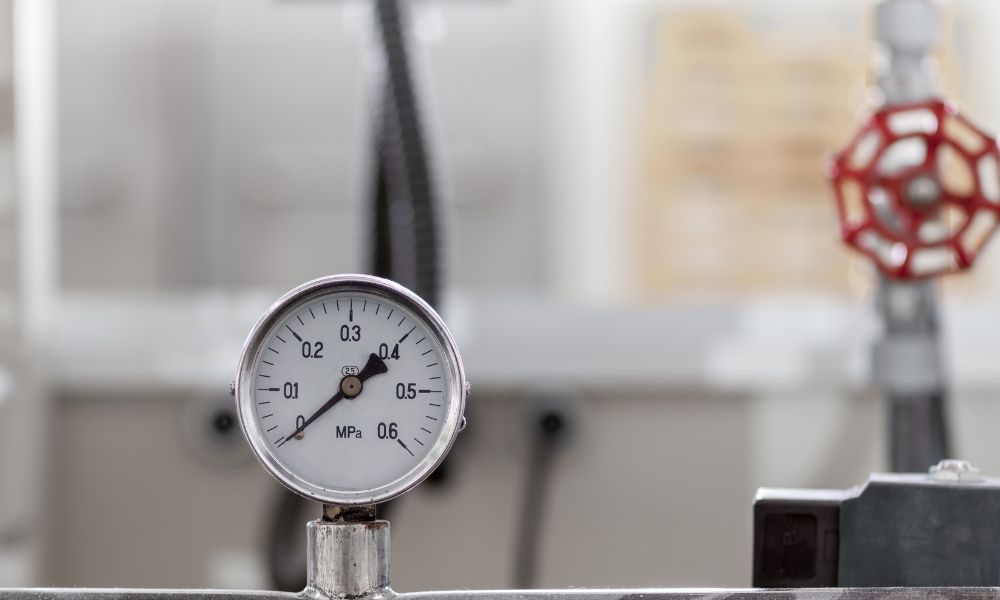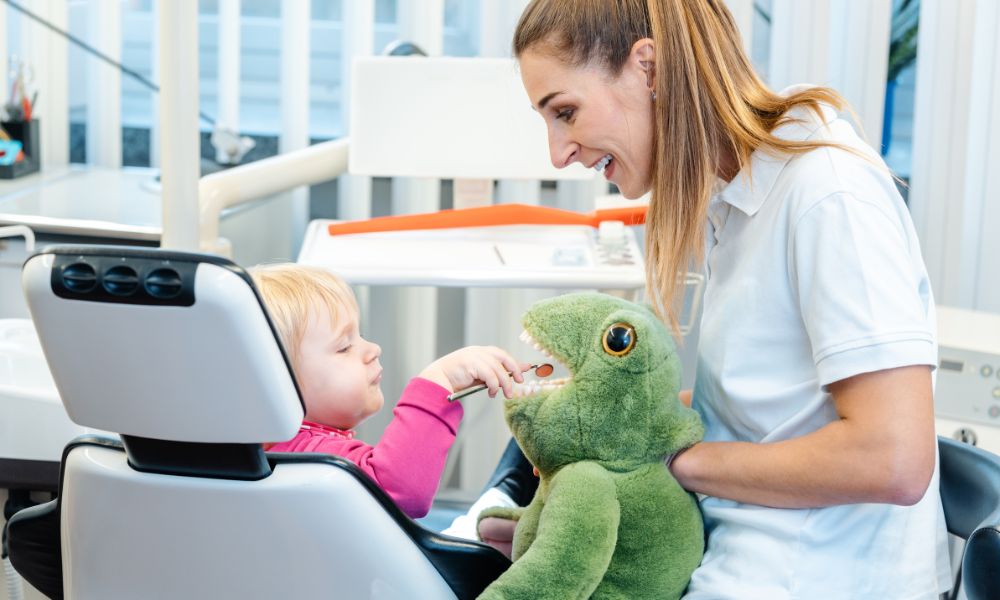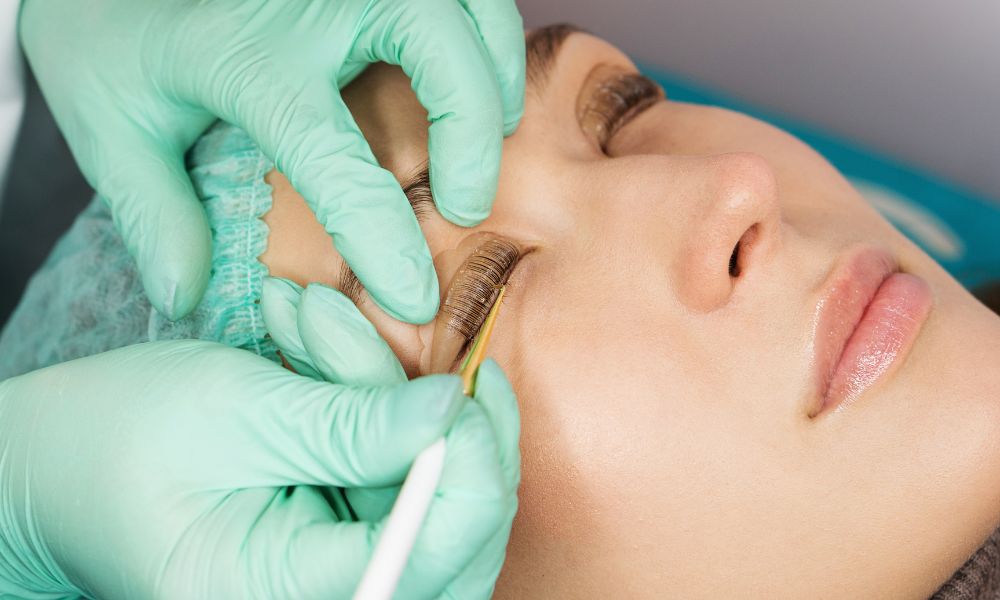Now more than ever, it’s important to ensure that your home is a safe space for your kids. As children are spending more time at home to help slow the spread of COVID-19, ridding your home of any safety or health risks is imperative. Despite doing everything you can to keep your home safe for your kids, there still may be a few invisible dangers or health hazards hiding in plain sight. To catch these sneaky culprits, here’s a list of some of the most common hidden dangers in your home all parents should know about.
Air pollutants
Dastardly air pollutants are often invisible to the naked eye but can cause serious damage to one’s health over time. Some of the most common indoor air pollutants found in one’s home include mold, carbon monoxide, VOCs, dust, and pet dander. The impact of inhaling such pollutants can range from eye, nose, and throat irritation to serious health risks such as asthma attacks, cancer, brain damage, and even death.
Because children are still developing and tend to breathe more air than adults, the health risks for children are even greater. To rid your home of pollutants and ensure that it has a heathly indoor air quality, consider upgrading your ventilation system, dusting and vacuuming regularly, using cleaning products that don’t contain VOCs, and installing a carbon monoxide detector on all levels of the home.
Window blinds
This is one of the most important hidden dangers in a home that parents should be aware of. Hiding in plain sight, you may have never realized the harm that your window blinds can inflict on children. The dangling cords used to adjust window blind provide a serious suffocation hazard as children can get them tangled around their necks.
According to USA Today, two kids are injured or killed by window blind cords every single day. To rid your home of this prevalent safety risk, replace your window blinds with ones that are cordless or have inaccessible cords.
House plants
If you have a green thumb, don’t let your love of plants get in the way of your child’s health. Because children have a dangerous habit of wanting to put nearly everything in their mouths, it’s important to make sure that you keep any poisonous plants far out of their reach.
Common household plants that are poisonous if ingested include Hydrangeas, Poinsettia, Rhododendron, Lily of the Valley, and Purple Nightshade. Before introducing a plant into your home, make sure that it isn’t dangerous to ingest and, if it is, place it high enough to minimize the risk of your child eating it.






